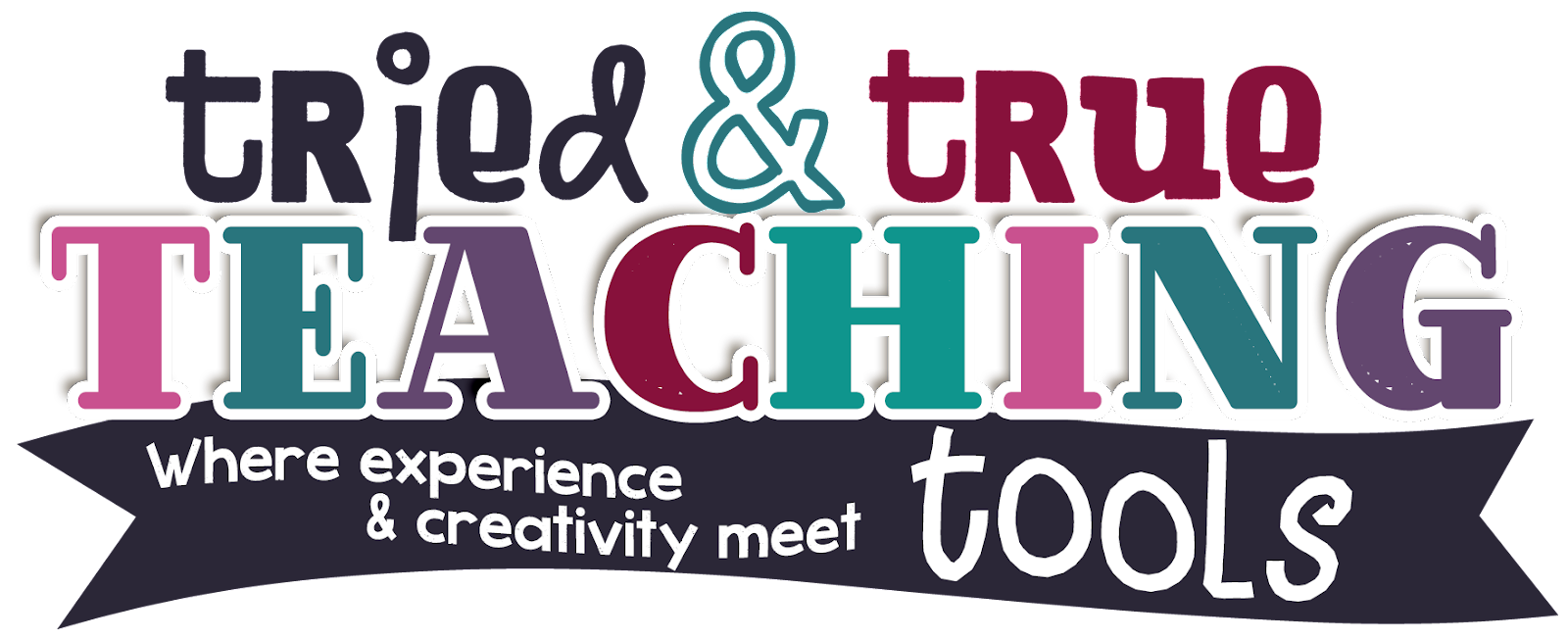Welcome to our summer book study: Making Thinking Visible! If you missed Week 1, you can catch up here.
With so much focus these days on memorizing facts and learning information for tests, our kids have been lacking in learning how to actually think. Today we're discussing Chapter 2: "Putting Thinking at the Center of the Educational Enterprise".These days, teaching effectiveness is often based on student absorption of material and teaching becomes defined as the delivery of that material. But we are producing effective test takers, rather than successful learners who think!
When thinking is visible, it provides us with the information we as teachers need to plan and help our students go deeper. Making thinking visible should be an ongoing aspect of effective teaching. The key is "ongoing mental work of understanding new ideas and information." (p. 28) Our kids need to see and hear us (teachers) as thinkers and learners. They need to hear each other's questions, insights, and perspectives.
HOW to Make the Invisible Visible?
The most important criteria is that WE ourselves must be clear what thinking is!
Questioning
- Ask questions that model our own interest in the ideas being explored (goals as teachers)
- Ask questions that help students to construct understanding (model intellectual engagement)
- Ask questions that facilitate the illumination of students' own thinking to themselves (support & help students clarify their own thinking)
Ask authentic questions and foster a community of inquiry
Questions should help promote class inquiry & discovery, rather than just finding answers; they should motivate students to want to discover!
Constructing Understanding
Questions that help students to connect ideas, infer, focus on big ideas, extend ideas
Facilitating and Clarifying Thinking
Listening
"Good questions, that is, questions that drive learning, don't come from a prescribed list or set of guidelines; they arise in response to students' contributions. If we don't listen to those thoughts, we rob ourselves of the information..." (p. 36) Ouch! So many times I've tried to ask "good" questions by using my bookmarks of Bloom's Taxonomy leveled questions & my students just stare at me. While good for helping me to think about higher level questions, trying to force the answers is unauthentic. Listening and responding develops the core of relationships between teacher & students and students & students.
Documenting
Since I'm all about documenting (many of you know I'm a HUGE scrapbooker & document my family's life and my classroom life!) So I loved reading about the use of documentation as a tool for making students' thinking visible. What type of documentation? Photographs of students working, audio and/or video of class discussions, recording investigations, students' drawings and brainstorms, etc. I can do this!! I am doing this!
Until. . . I read "...it might be easy to confuse documentation with merely recording what the class has done, a sort of archive of activity through the collection of various forms of documents. However, to be useful to both teachers and students, documentation must extend beyond this." (p. 38) Uh oh. Am I guilty of this too? (This book is really pushing my thinking about my teaching!! Not necessarily comfortable!) "Documentation must serve to ADVANCE learning, not merely capture it." I'm going to have to ponder longer on this.
What types of questions have you been asking? Do you document thinking?
I'm looking forward to reading Part 2 of this book, which explains real strategies and routines to extend our ongoing practice of questioning, listening, and documenting. I can't wait to read on!! I hope you'll join me next Wednesday!




No comments
Post a Comment